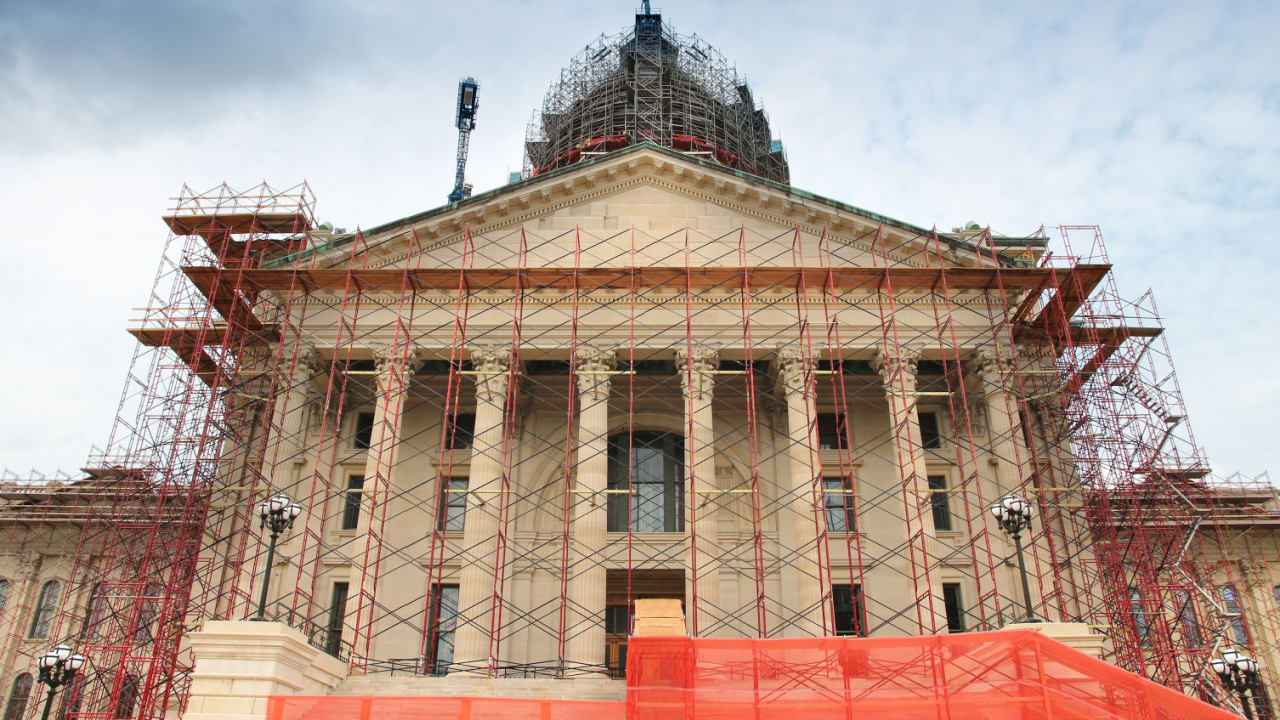
Mitigating Construction Project Risks With 831(b) Plans
Construction is a risky business, as professionals know. Each project comes with a set of risks unique to the building industry, and small to mid-sized firms don’t always have the financial capital to endure unexpected interruptions.
That’s a big chunk of the industry: 82% of construction companies employ fewer than 10 people, according to CPWR calculations of U.S. Census Bureau data.
It is imperative that these small to mid-sized firms, the lifeblood of the construction industry, use risk-mitigation plans to help protect the company’s funds and ensure financial viability. Construction executives can prepare for unexpected risks by taking the following steps:
1. Conduct a Risk Assessment: Identify your potential risks and the impact they might have on your projects. Address the most likely and high-impact risks first. Then, look at the low probability and low-impact risks. Consider factors such as weather conditions, availability of materials, labor issues, regulatory changes and unexpected events.
2. Develop a Risk-Management Plan: Craft a plan that lays out various strategies for how to respond to and mitigate risk. This plan should contain risk prevention measures, contingency plans and a clear pecking order for decision-making.
3. Invest in Insurance Coverage: Consider getting appropriate construction insurance coverage to defend your business from unforeseen events. Consult with an insurance professional to see what kind of coverage will best suit the needs of your project.
While insurance is an effective method to mitigate risk, some losses do not fall under the coverage of traditional policies, and coverage that the insurance industry deems “special” can be expensive, especially for a small to mid-sized business. In the time period through the first quarter of 2022, construction insurance rate increases averaged 8.6%, according to Woodruff Sawyer.
Amid a hardening insurance market, these small and mid-sized businesses are turning to 831(b) captive insurance plans to fill gaps created by traditional insurance. An 831(b) plan like those provided by SRA 831(b) allows construction executives to set aside tax-deferred dollars for setbacks that some traditional construction policies will not touch, including:
Subcontractor Default: Subcontractor default can be a common and frustrating setback for general contractors. When a subcontractor does unreliable work, is not up to standard or goes out of business, the general contractor can face financial consequences for taking on the failed work, including project delays and costly reworks that can put them in debt and affect their ability to pay their employees.
Supply-Chain Issues: Since the onset of the COVID-19 pandemic, supply-chain issues have continued to disrupt the construction industry. Supply-chain issues can be unexpected and constantly evolving, which makes it difficult for construction professionals to factor them into their proposals at the onset of a project. When contractors cannot access needed materials, this impacts the timeline, cost and profit margins of the work.
Manmade and Natural Disasters: Manmade and natural disasters can strike at any time, and earthquakes, floods and hurricanes are becoming more common occurrences. According to Forbes Advisor, the U.S. experienced 18 climate disasters that caused over $1 billion in damage in 2022. When natural disasters occur, destruction can reach farther than the site of the event, not only shutting down businesses, but also creating delivery delays and material shortages. Companies without a risk-management plan and insurance coverage can face immense financial losses.
Brand Reputation: Brand-reputation issues can cause a myriad of problems for construction professionals. One bad review posting online can cause ripple effects that impact a business’s standing and ability to bring in future customers. Construction companies can be especially vulnerable to brand-reputation issues, and the cost to hire a PR firm to address bad news can be a hefty financial blow, especially to small and mid-sized firms.
Political Risk: All construction professionals are vulnerable to political risks, including new laws, changing regulations and volatile political climates. Like many other industries, construction was hit hard by business shutdowns during the COVID-19 pandemic—an event that did not qualify as a triggering event for coverage under traditional insurance. International construction companies are also especially vulnerable to changing political climates across the globe. Construction businesses that work on government projects are susceptible to changes in public policy like climate-protection initiatives and regulatory changes that can affect a project’s schedule and funding.
Nowadays construction professionals face significant risks at every stage of the project lifecycle. It is crucial for business owners to know the biggest risks that they face and how they can protect themselves. Construction professionals will want to assess their risk and develop a risk-management plan. Investing in construction insurance can be an effective method to mitigate risks, but as costs continue to climb and coverage becomes more limited, construction professionals are utilizing 831(b) plans to set aside tax-deferred dollars to help prepare against their unexpected risk.
Related stories








